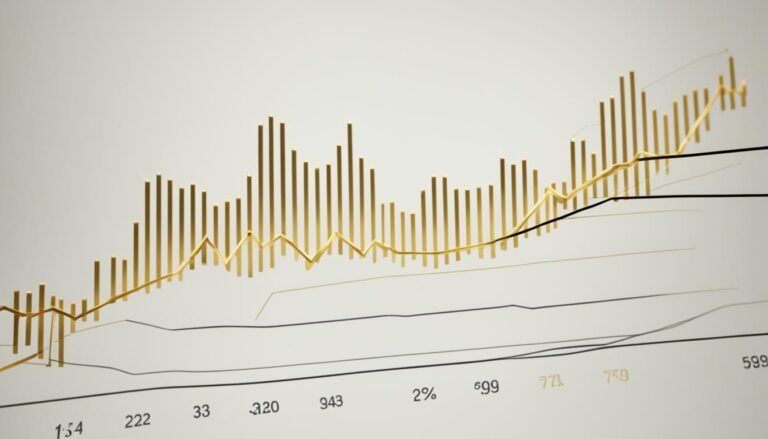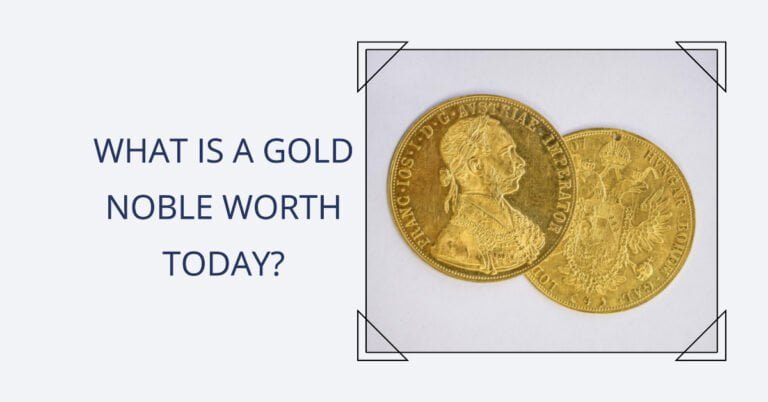Trade with Gold: 4 Steps to Profitability
Gold has always been a symbol of wealth and prosperity, and trading gold has been one of the most popular investment opportunities in the financial markets. However, trading gold can be quite complex, as it requires a good understanding of market trends and the factors that influence gold prices.
In this article, we will provide you with a step-by-step guide to trading gold profitably, based on the information gathered from various sources.
Disclosure:
When you purchase a service or a product through our links, we sometimes earn a commission, at no extra cost to you.
Introduction to Trading Gold
Gold trading is a great way to diversify your investment portfolio, especially in times of market volatility. There are several ways to trade gold, such as trading gold futures, exchange-traded funds (ETFs), or even physical gold. However, to trade gold profitably, you need to have a good understanding of market trends, technical analysis, and the factors that impact gold prices.
Step 1: Understand the Three Polarities that Affect Gold Prices
The first step to trading gold profitably is to understand the three polarities that impact gold buying and selling decisions:
1. Economic, Financial and Geopolitical Factors
These factors influence the supply and demand of gold. Economic factors like inflation, interest rates, and GDP growth rate can affect the demand for gold, while financial and geopolitical factors like currency fluctuations, political tensions, and global crises can affect the supply of gold.
2. Technical Analysis
Technical analysis is a method used to identify trading opportunities by analyzing charts and identifying patterns. This can help traders make informed decisions about when to buy or sell gold.
3. Sentiment Analysis
Sentiment analysis involves studying the behavior and opinions of market participants to identify market trends. This can help traders determine the overall mood of the market and make better trading decisions.
Step 2: Familiarize Yourself with Gold Trading
Once you understand the three polarities that impact gold prices, you should familiarize yourself with gold trading itself. You can trade gold in several ways, including:
1. Gold Futures
Gold futures are agreements to buy or sell gold at a predetermined price and date in the future. This type of trading requires a significant amount of capital, but it also offers high leverage and potential profits.
2. ETFs
Gold ETFs are investment funds that track the price of gold and can be bought and sold on stock exchanges. This type of trading is less risky than gold futures, as it requires less capital, but it also offers lower potential profits.
3. Physical Gold
Physical gold can be bought and sold in the form of coins, bars, or jewelry. This type of trading requires the most capital but offers the added benefit of holding a tangible asset.
Step 3: Learn How to Trade Gold as Stock Pairs
Another popular strategy for trading gold is to trade gold as stock pairs trade against it. This involves tracking the historical relationship between the price of gold and the price of gold stock indices such as the Philadelphia Gold and Silver Sector Index (XAU) or the AMEX Gold BUGS (Basket of Unhedged Gold Stocks) Index (HUI) [3]. By trading gold stocks against the price of gold, you can benefit from the relationship between the two.
Step 4: Set Your Trading Goals and Strategies
When setting your trading goals, it’s important to consider factors such as risk tolerance, trading budget, profit targets, and stop-loss levels. Your risk tolerance will determine how much you’re willing to risk in each trade, and your trading budget will determine the amount of capital you have available for trading. Establishing clear profit targets and stop-loss levels will help you to stay disciplined in your trading and minimize losses.
In addition to setting your trading goals, it’s also important to develop a trading strategy based on your trading style. This can include swing trading, day trading, or any other style that suits your personality and risk tolerance. Technical and sentiment analysis can be used to make informed trading decisions and help you identify trading opportunities.
It’s worth noting that setting monetary goals alone is not enough to achieve success in trading. While it’s common for traders to set goals such as making a certain amount of money or becoming a millionaire, it’s important to have process-based goals as well [3].
These goals focus on creating a framework and routine that will help you achieve your monetary goals.

Top 5 FAQs about Trade with Gold: 4 Steps to Profitability
Trade with Gold can be a profitable investment opportunity for traders who have a good understanding of market trends and the factors that influence gold prices. However, many traders have questions about how to trade gold profitably.
In this FAQ section, we will provide answers to the top 5 frequently asked questions about trading gold, based on the information gathered from various sources.
Q1: What is the best way to trade gold?
- There are several ways to trade gold, including gold futures, ETFs, and physical gold.
- The best way to trade gold will depend on your risk tolerance, trading budget, and investment goals.
- Gold futures offer high leverage and potential profits but require a significant amount of capital, while ETFs offer lower potential profits but are less risky and require less capital.
- Physical gold trading requires the most capital but offers the added benefit of holding a tangible asset.
Q2: What factors affect gold prices?
- Several factors can influence gold prices, including economic, financial, and geopolitical factors.
- Economic factors such as inflation, interest rates, and GDP growth rate can impact the demand for gold, while financial and geopolitical factors like currency fluctuations, political tensions, and global crises can affect the supply of gold.
Q3: How do I develop a trading strategy for trading gold?
- To develop a trading strategy for trading gold, you should consider your trading style, risk tolerance, and investment goals.
- Technical analysis and sentiment analysis can be used to make informed trading decisions, and you should establish clear profit targets and stop-loss levels to minimize losses.
Q4: Can I trade gold with a small amount of money?
- Yes, you can trade gold with a small amount of money by using ETFs or trading gold stocks.
- Trading gold futures requires a significant amount of capital, but ETFs and gold stocks can be bought and sold with less capital.
Q5: What are the benefits of trading gold?
- Trading gold can provide diversification to your investment portfolio, especially during times of market volatility.
- Gold is considered a safe-haven asset and can help hedge against inflation. Additionally, gold trading offers the potential for high profits if traded correctly.
Conclusion
In conclusion, trading gold can be a lucrative investment opportunity if you follow the four essential steps outlined in this article. By learning how three polarities impact the majority of gold buying and selling decisions, familiarizing yourself with the diverse ways to trade gold, developing a trading strategy based on your trading style and using technical and sentiment analysis to make informed trading decisions, you can minimize losses and maximize profits when trading gold.
It’s important to note that setting trading goals and establishing clear risk management strategies is essential to achieving success in trading gold. By setting clear goals and risk management strategies, you can stay disciplined in your trading and avoid making impulsive decisions that can lead to losses.
When trading gold, it’s also important to consider the various ways to trade gold, including gold futures, ETFs, and physical gold. The best way to trade gold will depend on your risk tolerance, trading budget, and investment goals.
In summary, the four essential steps to profitable gold trading are: learning how three polarities impact gold buying and selling decisions, familiarizing yourself with the diverse ways to trade gold, developing a trading strategy based on your trading style, and using technical and sentiment analysis to make informed trading decisions.
By following these steps and setting clear goals and risk management strategies, you can start trading gold profitably.







